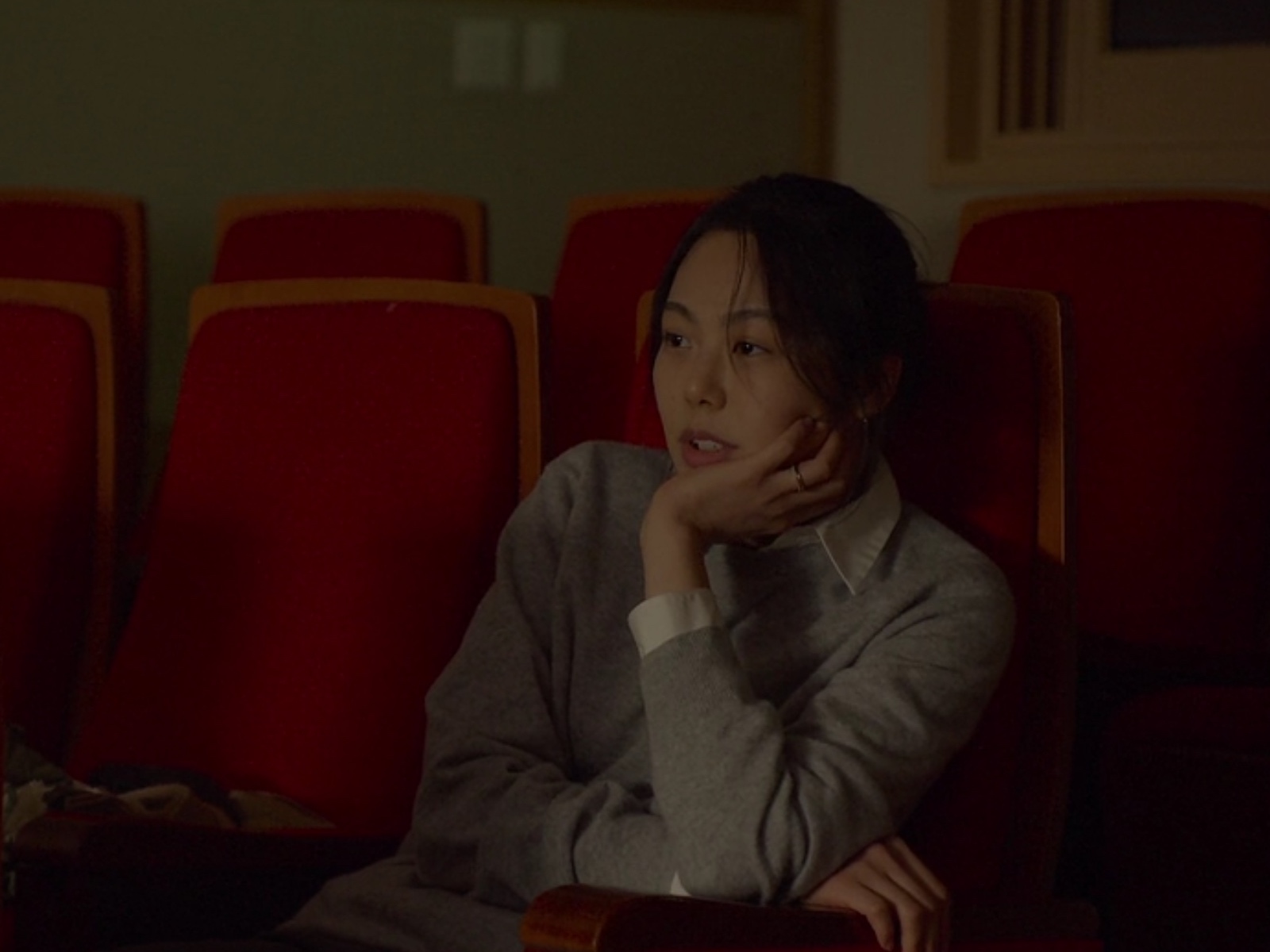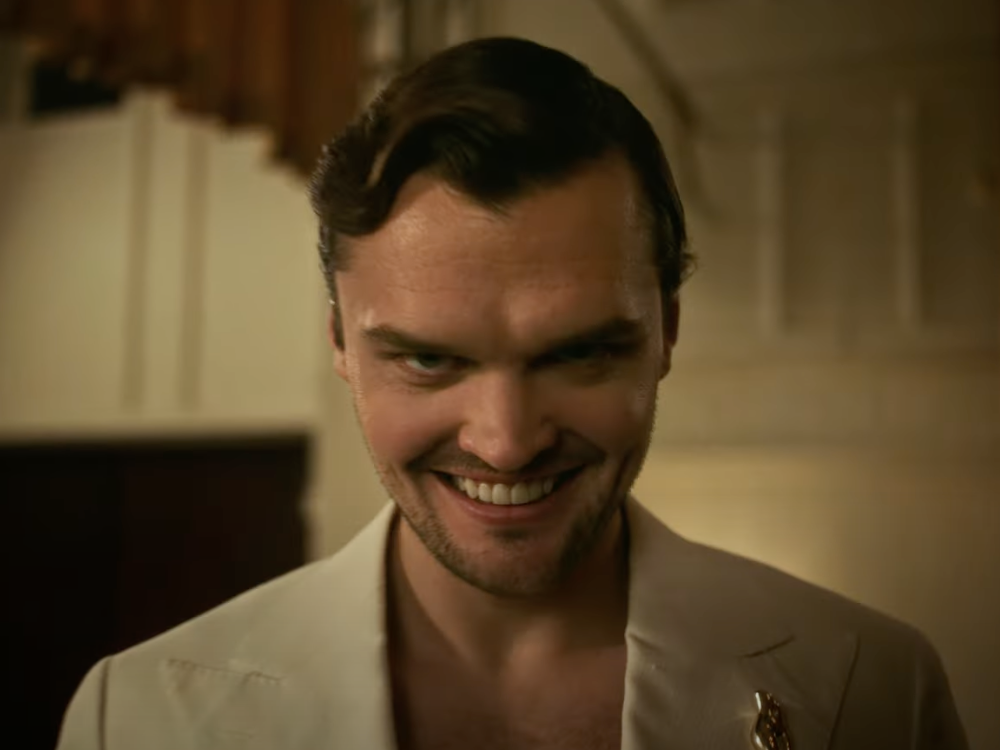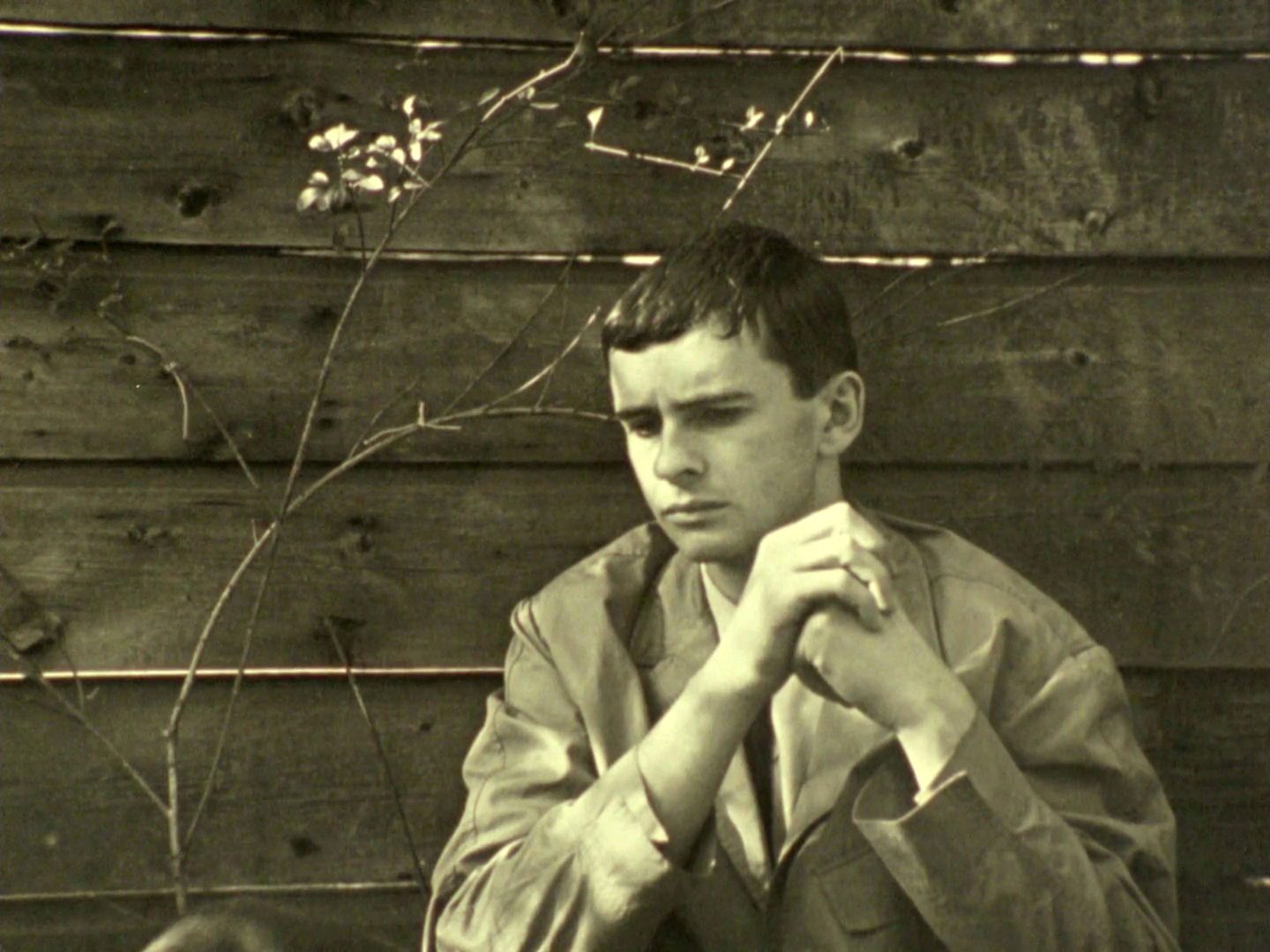
Кинематограф, как и другие виды искусства, как и иные формы деятельности человека, являющиеся, по сути, проекциями нашего сознания, есть часть культуры и имеет уникальную возможность описывать и представлять нечто, что можно представить и описать только средствами и языком кино. Язык кино позволяет нам фиксировать, описывать или представлять доступные нашему сознанию явления мира, в котором, как нам кажется, мы живем.
Пространство кино – пространство, прежде всего, художественное. Это пространство дискуссии. Не стоит ошибаться и относиться к пространству художественному, пространству абстрактных моделей и представлений, как к области действий в нашей физической, материальной жизни. Я говорю сейчас банальности, заявляю очевидное. К сожалению, я вынужден повторять эту очевидность снова и снова.
























![Banshun [Late Spring] (Yasujirō Ozu, 1949)](/sites/default/files/Late%20Spring_front_0.jpg)


































































